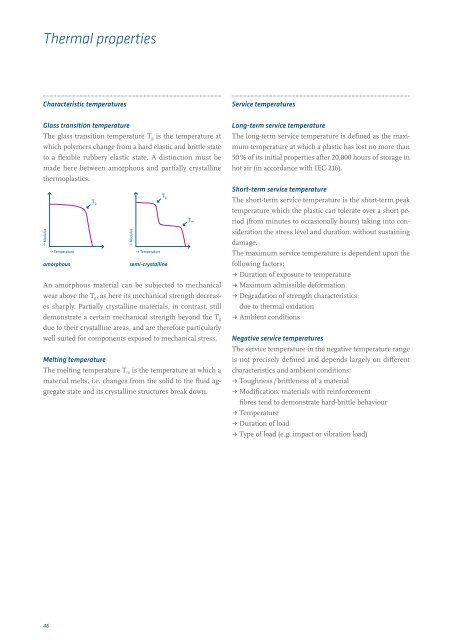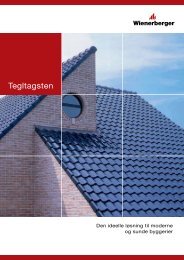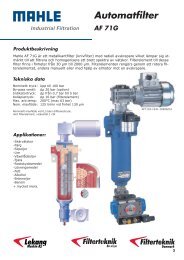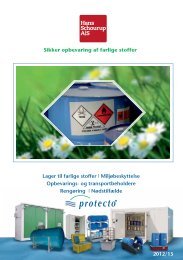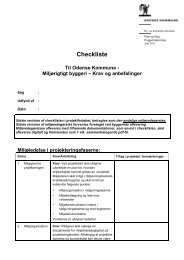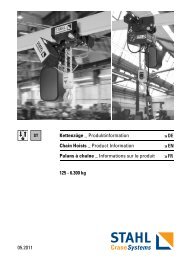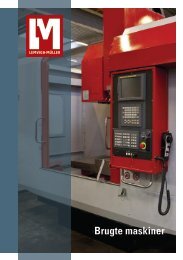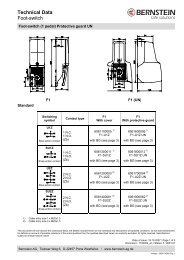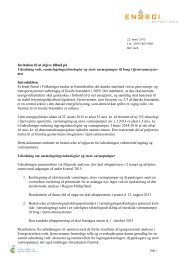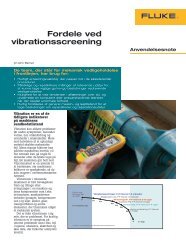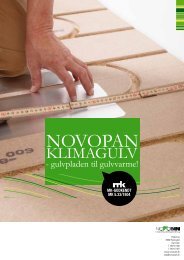Engineering plastics â The Manual - F.wood-supply.dk
Engineering plastics â The Manual - F.wood-supply.dk
Engineering plastics â The Manual - F.wood-supply.dk
You also want an ePaper? Increase the reach of your titles
YUMPU automatically turns print PDFs into web optimized ePapers that Google loves.
<strong>The</strong>rmal properties<br />
Characteristic temperatures<br />
Service temperatures<br />
Glass transition temperature<br />
<strong>The</strong> glass transition temperature T g is the temperature at<br />
which polymers change from a hard elastic and brittle state<br />
to a flexible rubbery elastic state. A distinction must be<br />
made here between amorphous and partially crystalline<br />
thermo<strong>plastics</strong>.<br />
• Modulus<br />
• Temperature<br />
amorphous<br />
T g<br />
T g<br />
T m<br />
• Modulus<br />
• Temperature<br />
semi-crystalline<br />
An amorphous material can be subjected to mechanical<br />
wear above the T g , as here its mechanical strength decreases<br />
sharply. Partially crystalline materials, in contrast, still<br />
demonstrate a certain mechanical strength beyond the T g<br />
due to their crystalline areas, and are therefore particularly<br />
well suited for components exposed to mechanical stress.<br />
Melting temperature<br />
<strong>The</strong> melting temperature T m is the temperature at which a<br />
material melts, i.e. changes from the solid to the fluid aggregate<br />
state and its crystalline structures break down.<br />
Long-term service temperature<br />
<strong>The</strong> long-term service temperature is defined as the maximum<br />
temperature at which a plastic has lost no more than<br />
50 % of its initial properties after 20,000 hours of storage in<br />
hot air (in accordance with IEC 216).<br />
Short-term service temperature<br />
<strong>The</strong> short-term service temperature is the short-term peak<br />
temperature which the plastic can tolerate over a short period<br />
(from minutes to occasionally hours) taking into consideration<br />
the stress level and duration, without sustaining<br />
damage.<br />
<strong>The</strong> maximum service temperature is dependent upon the<br />
following factors:<br />
ˌˌDuration of exposure to temperature<br />
ˌˌMaximum admissible deformation<br />
ˌˌDegradation of strength characteristics<br />
due to thermal oxidation<br />
ˌˌAmbient conditions<br />
Negative service temperatures<br />
<strong>The</strong> service temperature in the negative temperature range<br />
is not precisely defined and depends largely on different<br />
characteristics and ambient conditions:<br />
ˌˌToughness / brittleness of a material<br />
ˌˌModification: materials with reinforcement<br />
fibres tend to demonstrate hard-brittle behaviour<br />
ˌˌTemperature<br />
ˌˌDuration of load<br />
ˌˌType of load (e.g. impact or vibration load)<br />
46


